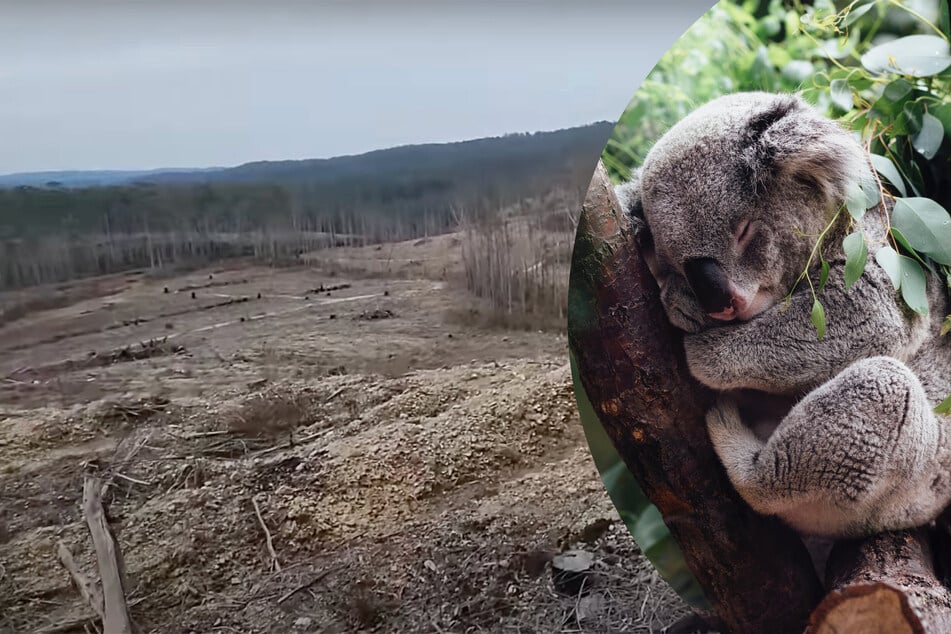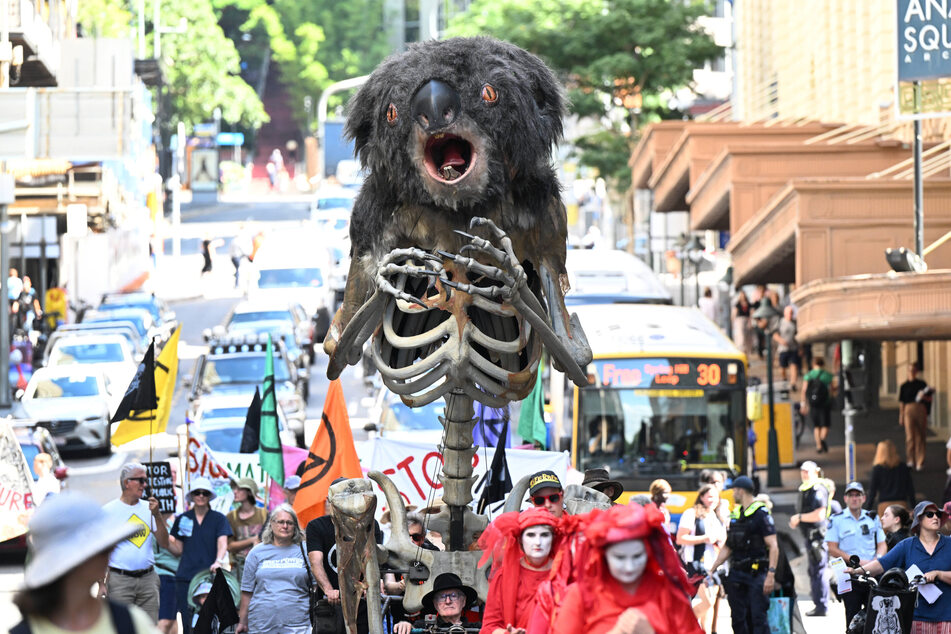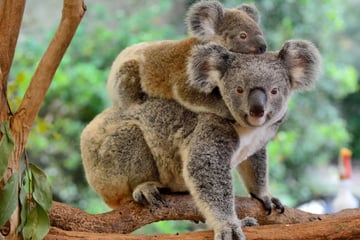Will Australia let koalas go extinct? This week we find out
There’s a forest in eastern Australia so heavily logged, and poisoned by pesticides and herbicides, that its soil is as sandy as the desert. This land, once deemed prime koala habitat, has become so barren that you could mistake it for Mordor, but here there is no dark lord.

This Saturday, on March 25, the people of New South Wales (NSW), the eastern Australian state that’s home to Sydney, will vote for a new state government. While you wouldn’t know it from the local media coverage, some are calling this Koala-kind’s last stand.
According to the Australian Koala Foundation, less than 57,920 koalas are now left in the wild. The numbers may even be as low as 32,065.
Shockingly, this iconic gray marsupial is yet to be declared "critically endangered," having only been proclaimed "endangered" as recently as 2022.
Depending on the result of this weekend's NSW election, that status might change yet again – for the worse.
So, why are koalas going extinct?
It's complicated. Blame has been leveled at the 2019-2020 black summer bushfires, which burnt an area that contained an estimated 3 billion native animals and reportedly impacted between 41,000 and 60,000 koalas. While devastating, this is not the full story.
In 2021, the World Wildlife Fund declared eastern Australia a "deforestation front," putting it alongside the likes of Brazil, the Democratic Republic of the Congo, Cambodia and Laos. Much of the land being logged is prime koala habitat, but who’s to blame for this ongoing tragedy?
Since 2011, NSW has been governed by a center-right coalition made up of the more moderate Liberal Party and the rural Nationals Party. According to a report released by the Natural Resources Commission shortly after the bushfires in 2020, land clearing rates have increased by more than 1000% under their leadership.
This statistic refers to only the period of time between which laws were introduced by the coalition (in 2017 and 2018) which "clearly prioritize timber extraction over environmental protection," and the NRC report was released. To translate: this 1330% increase occurred over less than three years.
At the time, NCC’s Chief Executive Chris Gambian said that the report was a "damning assessment made by the natural resources commission of the government’s handling of what it proclaimed was a signature reform… Koalas and other vulnerable species are being smashed from every direction, by bushfires, drought, logging and land clearing."
You would expect that, considering the extent of the damage and the national significance of koalas – they are an Australian icon, after all – there would be more of a national conversation around this issue.

But where’s the media coverage on koala extinction?
A brief content analysis conducted by TAG24 on March 17 of three of Australia’s leading news sources revealed a lack of media attention to the issue.
NSW’s leading newspaper, Sydney Morning Herald (owned by the Nine-Fairfax network), has only released a single, unrelated article featuring the keyword "koala" since the campaign officially began on March 3. Over this same period (March 3 to 17), more than 80 articles were published about the election.
Rupert Murdoch’s The Australian newspaper performed only marginally better. While it only had one article featuring the "koala" keyword, it was about land development in prime koala habitat. Australia’s public broadcaster, the ABC, faired the best, having published four relevant online stories during that same period.
Overall, though, Australians and residents of NSW haven't had a lot to read about the dire situation facing koalas. Independent media, including the likes of YouTube journalists, have had to fill this gap. This, perhaps, explains why there has been no national conversation.
Instead, the 2023 campaign has focused primarily on cost-of-living, the legacies left behind by the Covid-19 pandemic, newly proposed gambling laws, the economy, and infrastructure.
Does anyone have a plan to save the koalas?
Labor, Australia's equivalent of the Democratic Party, has repeatedly reiterated its support for the proposed Great Koala National Park, a plan "to connect 175,000 hectares [432,434 acres] of publicly-owned state forests to existing National Parks, creating a 315,000-hectare [778,381-acre] nature reserve" for koalas and other endangered native species.
The proposal is also supported by the Greens party, and a variety of independents, but has rarely been mentioned by the conservative coalition. Labor campaigned on the Great Koala National Park, and stricter logging laws, during the previous election campaign as well, in 2019.
So what is the path forward for koalas?
Sadly, the situation is now desperate. Desertification has taken hold of vast swathes of land that were once deep eucalypt forests home to not only koalas, but thousands of other native animals. An investigation by independent YouTube journalist Jordan Shanks, along with ecologist Mark Graham, revealed soil so dry that dust rises from the ground every step you take.
On top of that, massive old trees, species that have been around since Australia was joined with Antarctica, South America, India, and Africa as part of Gondwanaland, have been found logged and discarded. These old giants are prime habitat for koalas, and as they disappear, so do many other animal and plant species.

Whether much of this logging even adheres to the few deforestation laws that do govern NSW is, at best, unclear. What is certain, though, is that some are calling these areas "Valleys of Death" due to the sheer scale of the destruction.
"If we desperately and urgently protect every bit of bush and start replanting and allowing the regrowth of these systems… they can have a future," Graham said in his documentary, released on March 15. "But that’s a total emergency action, and we’re actually going in the reverse direction."
The star message is that, if no urgent action is taken over the next half decade, koalas will almost certainly be extinct by 2050. Ironically, this prediction was made by an inquiry established and paid for by the NSW government in 2019.
Considering that the results of this week’s election will decide whether meaningful action is taken over the next four years, it is more clear than ever that the fate of all koalas is in eastern Australian hands.
That decision will be made on Saturday.
Cover photo: Friendlyjordies / YouTube & Jordan Whitt / Unsplash & TAG24 Edit



